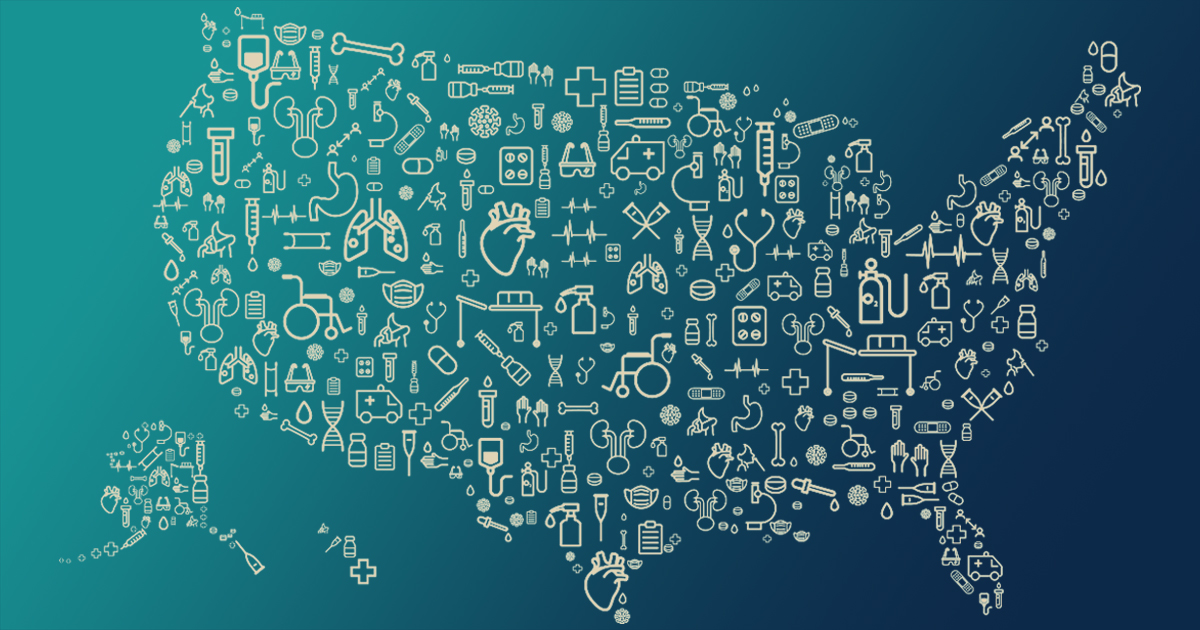In the past year, my colleagues Paul Decker and Akira Bell have written about Mathematica’s journey in blending traditional social science research with data science while prioritizing data privacy, ethics, and security. Embedding digital experts, digital processes, and digital technology in every corner of our organization, commonly described as digital transformation, presents the same sort of challenges that any institution faces when enacting cultural or systematic change. As part of the leadership team overseeing Mathematica’s digital transformation, I’ve come to realize that we’re lucky. For us, it’s a logical step in the natural progression as a company, not a dramatic turn in a new direction.
Science and technology have always been central to the culture and mission of Mathematica. From the beginning, the company’s founders sought to use innovative approaches, such as the application of game theory, decision theory, and computer programming, to answer pressing questions about complex issues. As technology has advanced, so has our ability to use newly available computational power to uncover insights from a sea of data, visualize information in innovative ways, and uncover information to move the needle on equity. Today, we are combining decades of experience with health data and social programs with a digital-first approach to analytics.
Moving from legacy systems to the cloud has been critical for our efforts to provide timely and relevant evidence to our partners -- decisionmakers in the public and private sectors, in the nation’s capital, and in communities across the country. The cloud enables data storage, curation, analysis, visualization, and dissemination at a speed and scale that is essential for real-time and predictive analytics, which means providing better information to decision-makers sooner in the process. Through cloud computing, we’re able to shift from trying to solve one problem for one partner—and begin to look at solutions at scale.
Perhaps the best illustration of what our digital transformation means in practice is the way Mathematica has supported partners in the COVID-19 response. For example, agent-based modeling helped administrators at the University of California San Diego and state leaders in Pennsylvania’s public schools predict disease spread under a range of conditions to inform operating and closure strategies. Interactive data visualizations on contact tracer trainees and the communities they serve, which integrate multiple datasets and receive regular updates, are informing state and local groups as they consider the backgrounds and competencies of contact tracers they hire and train, ensuring that ongoing contact tracing efforts are effective and equitable. And custom COVID-19 dashboards are helping schools capture and synthesize data from multiple sources to identify learning-loss hotspots and provide education administrators with essential information to plan effective operations.
We’re just getting started and these examples only scratch the surface of what’s possible when you combine Mathematica’s expertise on people, policies, and programs, our in-depth knowledge of the constraints and opportunities of available data, and our digital technology capabilities.
As we transform our approach to put digital solutions front and center, we’ll continue to advance the speed, scale, and complexity of our work, enabling us and our partners to maximize our collective impact on public well-being.



